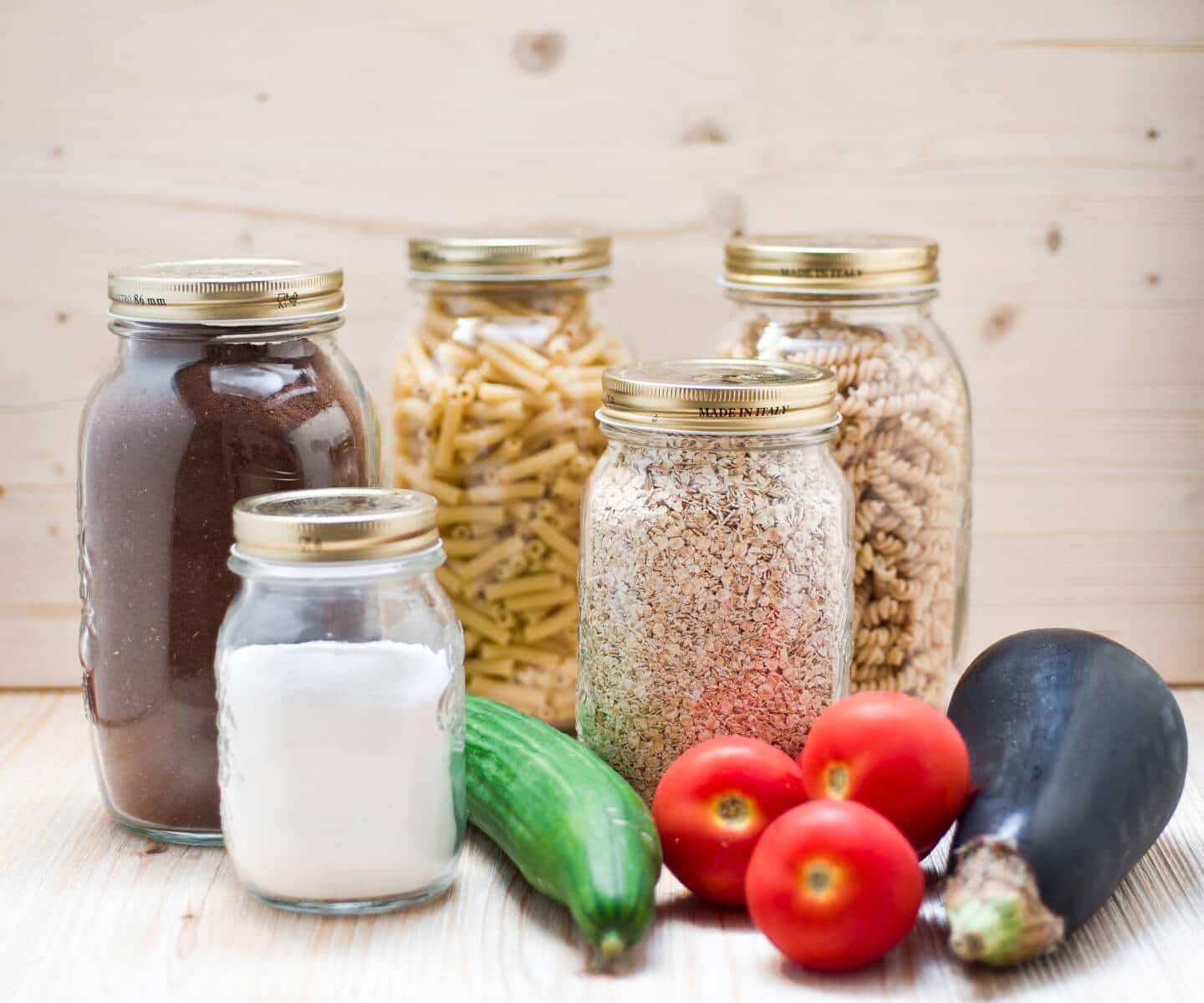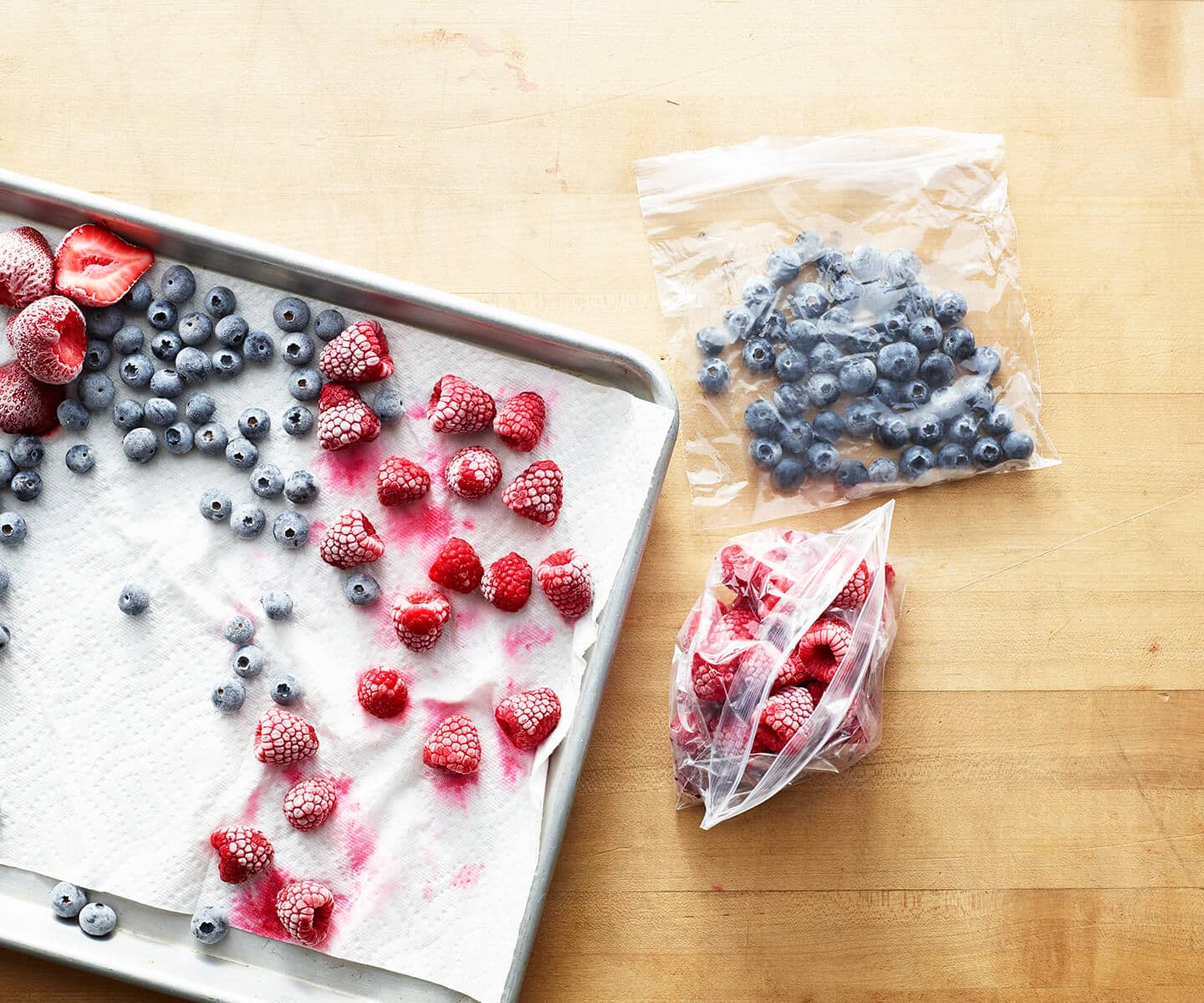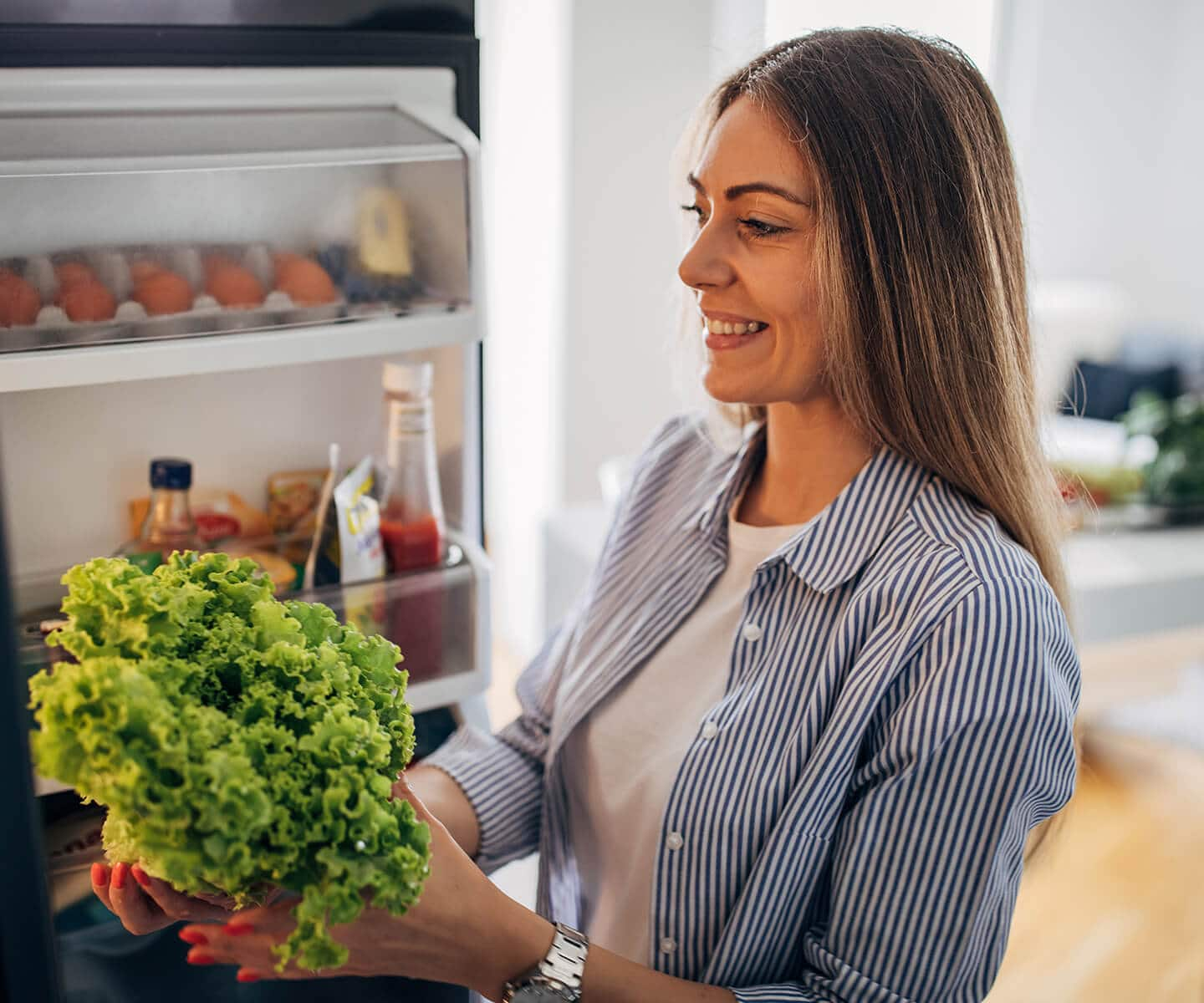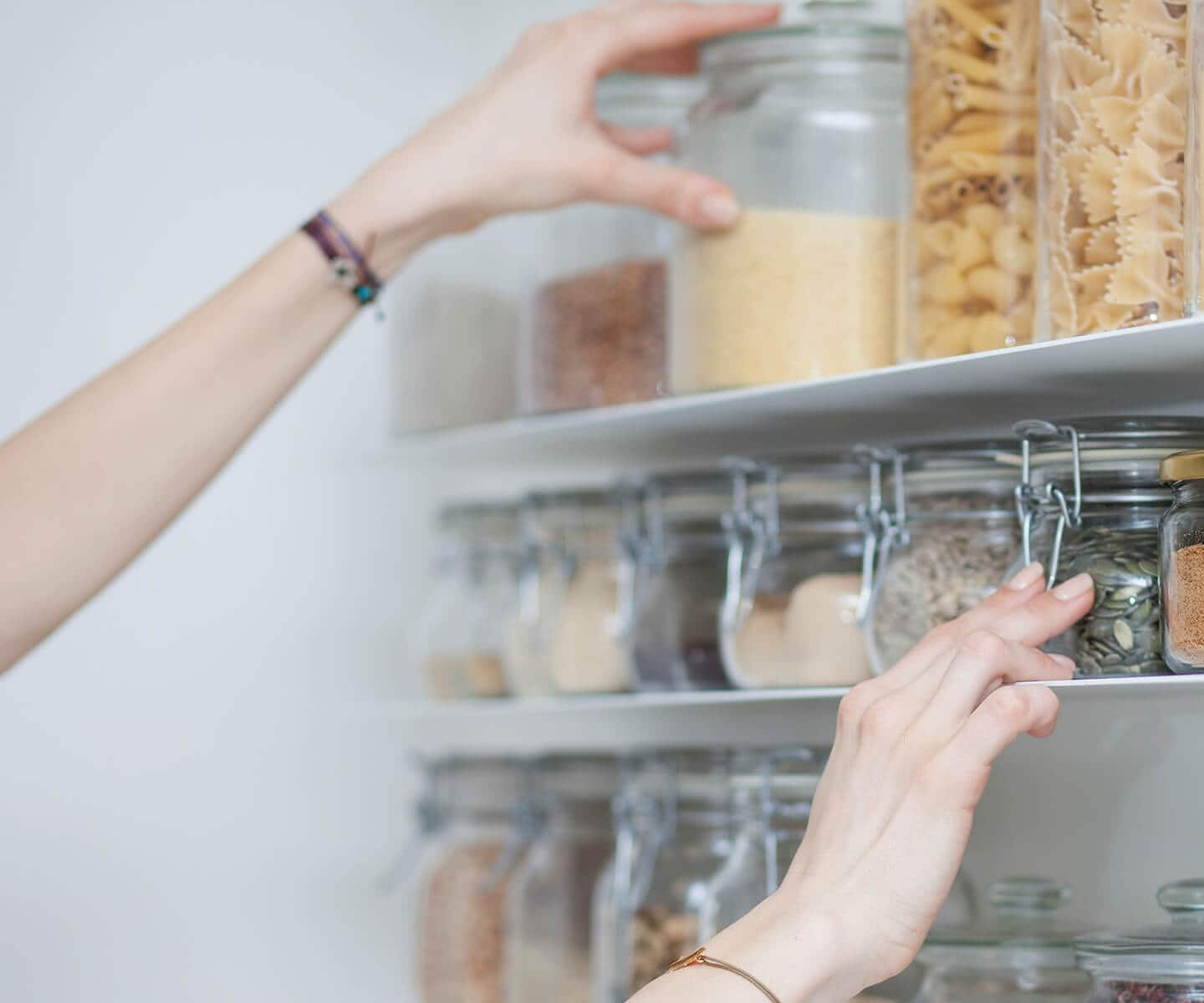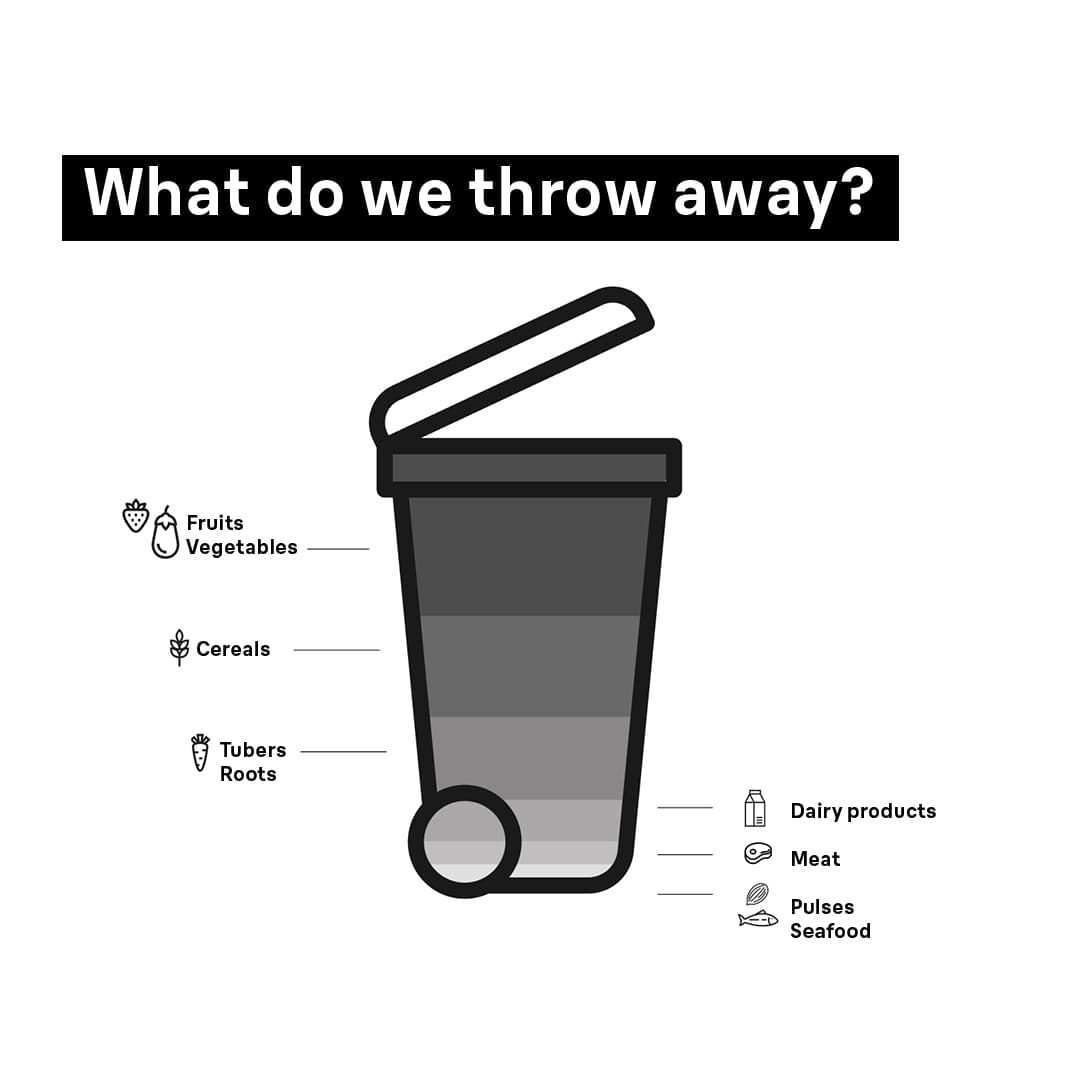Gyümölcsök és zöldségek
Alma, sárgarépa, saláta stb.: Mi való a hűtőszekrénybe, és mi nem
Szinte minden zöldségféle tárolható a hűtőszekrényben. Az egyetlen, amit nem szabad hidegen tartani, az a padlizsán, a paradicsom, a burgonya és a sütőtök. A gyümölcsök esete egy kicsit bonyolultabb. Bizonyos gyümölcsfajták csak akkor maradnak frissek, és akkor őrzik meg vitaminjaikat, ha lehűtik őket. Míg mások kifejezetten nagyon érzékenyek a hidegre. Hüvelykujjszabályként az őshonos gyümölcsöket, például az alma-, cseresznye- és szilvaféléket kell hűteni. Az olyan egzotikus gyümölcsök, mint a mangó, a banán és a citrusfélék, nem valók a hűtőszekrénybe. E szabály alól kivételt képez a füge és a kivi, amelyek eléggé jól elvannak a frissentartó fiókban.
Idővel egyes gyümölcsök és zöldségek etilén nevű érlelőgázt fejlesztenek. Ez a közelben lévő más gyümölcsöket és zöldségeket is megérleli, miáltal azok gyorsabban megromlanak. A legszorgalmasabb etiléntermelők többek között az alma, a sárgabarack, a szilva és a paradicsom. Ezért a legjobb, ha elkülöníti őket.



